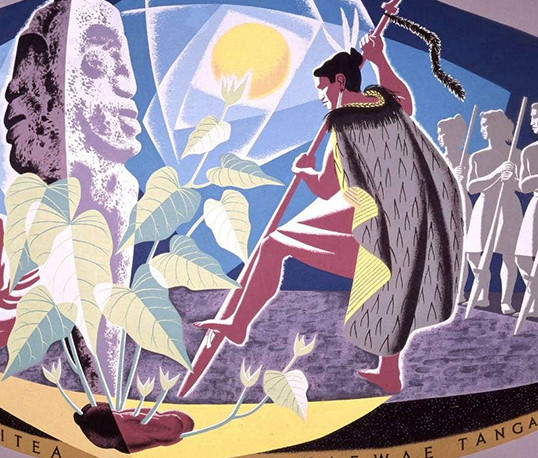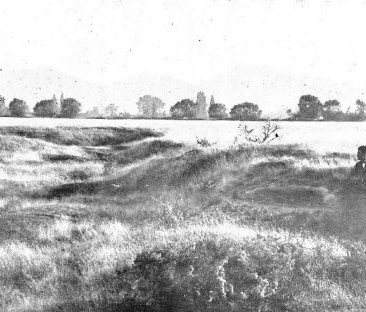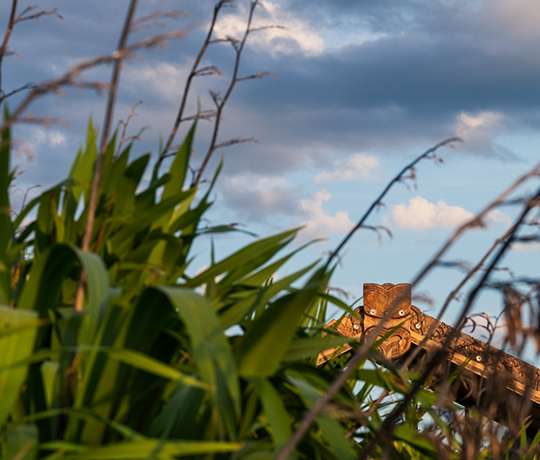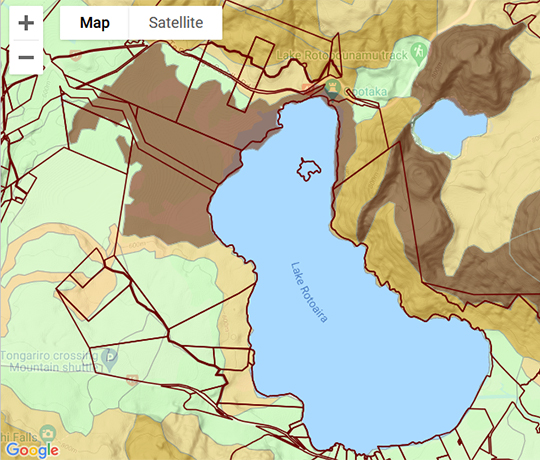Māori names, describing soils and whenua
Oneone means soil
Māori gardeners had at least 60 names for types of soil
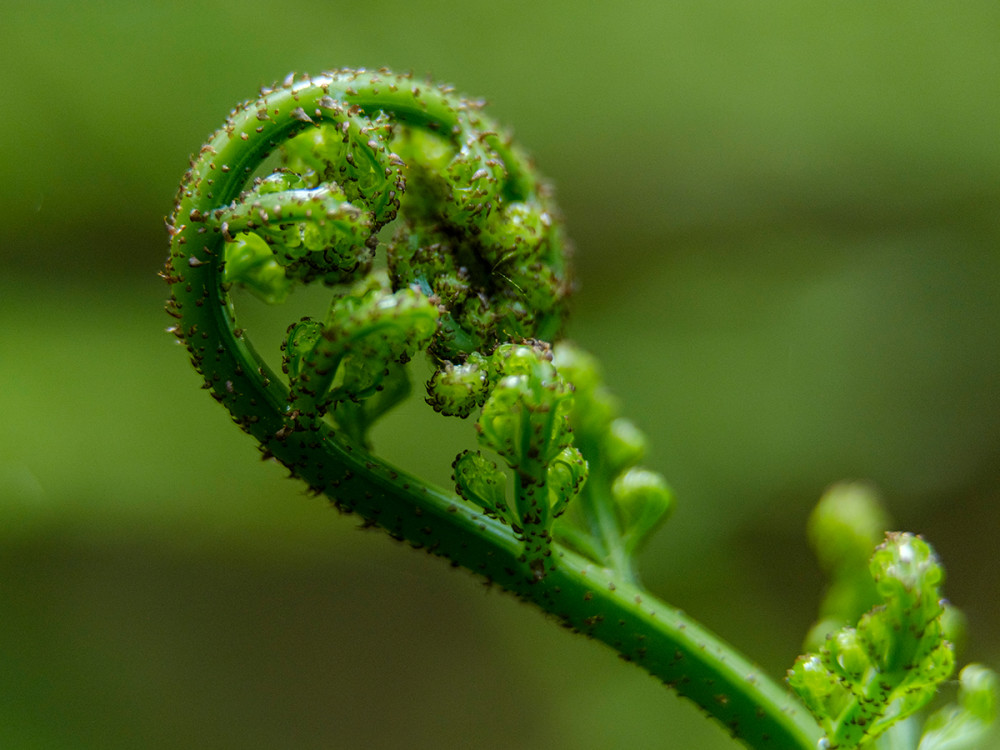
Over 100 traditional indigenous Māori names exist for soil; and most parts of the landscape are described in detail (Best 1925 Harmsworth & Roskruge 2014a,b; Roskruge 2020; Proctor & Harmsworth 2020), and with many descriptors (e.g. for degrees of wetness, stoniness, texture, colour).
Here are some examples of Māori soil names and an English description:
- Oneone – general name for soil
- One-pū – sand
- One hunga – sea sand, sandy beach, sometimes mixed with mud
- One-pārakiwai – silt
- Parahua – silt
- Paru, paruparu – mud, dark mud
- Kere was used as a prefix for some types of clay, including keretū, onekeretū, kerematua, kerewhenua
- Kōtore, pākeho – white clay
- Keretū – heavy clay
- Kere whenua – yellow clay
- Kenepuru – sandy silt
- Uku – unctuous clay, white or bluish clay
- Uku whenua – plastic clay (old traditional name)
- Ūkui – wash, wipe away
- One-matua – typically loam
- Oneware, onemata – dark fertile soil
- One paraumu – very dark fertile soil, friable
- Oneware – greasy soil
- Onetakataka – a friable soil
- Onewawata – a lumpy soil
- Pūngorungoru – (soft spongy) A light, loose soil
- Rei – Peat
- Onekopuru – An organic soil found in wet situations
- Pungapunga (also purupuru) – pumice soils
- Pungarehu – ashes
- Onekōkopu – Gravel or very gravelly soil
- Tiapu, onetaipu – Fertile lands – especially sandy alluvial soils
